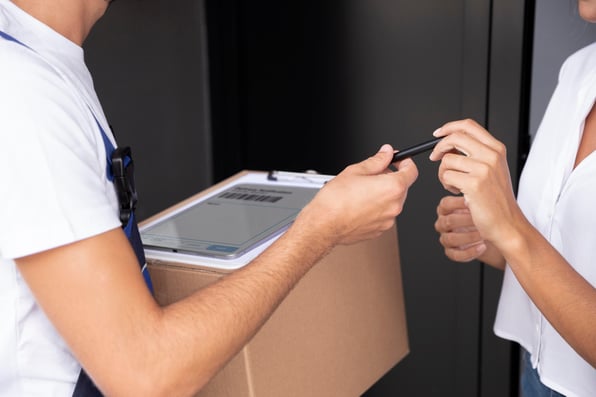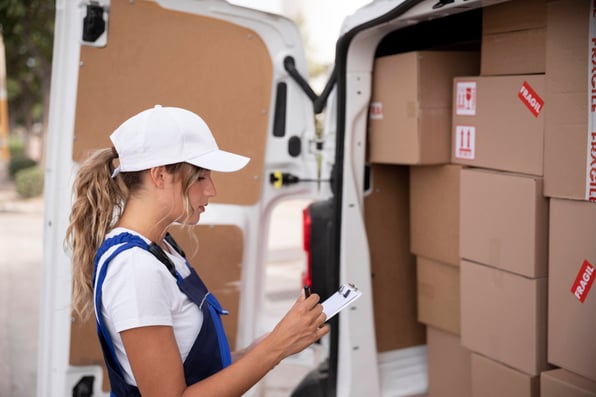
Example of preventive maintenance checklist for restaurants
Ciprian Chiripuci

By implementing such regular upkeep in the foodservice industry, you can ensure smooth functioning of your restaurant, prolong the life of equipment and maintain a top-notch dining experience for your valued customers.
Understanding Importance of Preventive Maintenance
Cost-Saving Impact
Preventive maintenance is like an insurance policy for your restaurant. By performing regular maintenance checks, you can identify and address potential issues before they escalate into costly repairs or equipment replacements. This proactive approach ultimately saves you money in the long run and minimizes unplanned downtime, preventing lost revenue during busy times.
Consistency and Customer Satisfaction
Customers expect consistent quality and service when they dine at your restaurant. Regular maintenance helps keep your equipment and facilities in peak condition, ensuring a consistent dining experience and enhancing customer satisfaction. A well-maintained restaurant is a reflection of your commitment to excellence.
Preventive Maintenance Checklist for Restaurants
Kitchen Equipment
- Refrigeration Units: Clean condenser coils, check door seals and inspect refrigerant levels.
- Ovens and Ranges: Clean burners, inspect gas lines and ensure proper temperature calibration.
- Fryers: Clean and replace oil regularly, inspect heating elements and check for leaks.
- Dishwashers: Inspect and clean spray arms, unclog drain lines and check water temperatures.
- Grills and Griddles: Clean and degrease surfaces, inspect gas connections and replace worn-out parts.
- Ventilation Systems: Clean hood filters, inspect ductwork and check fan operation.
Dining Area
- Furniture: Tighten loose screws, repair wobbly chairs and touch up paint or varnish as needed.
- Flooring: Check for any damages or tripping hazards and repair or replace as necessary.
- Lighting: Replace burnt-out bulbs, inspect wiring and ensure adequate lighting for a pleasant ambiance.
- Restrooms: Fix leaky faucets, check toilet flushing mechanisms and refill soap and paper dispensers.
Plumbing and Electrical Systems
- Plumbing: Check for leaks, inspect pipes and clear clogs in sinks, drains and toilets.
- Electrical: Inspect wiring, outlets and switches for any damage or signs of wear.
Exterior
- Roof: Inspect for leaks, damage or debris buildup that might affect drainage.
- Parking Lot: Repair potholes and damaged pavement, ensure proper lighting and maintain clear signage.
Benefits of Preventive Maintenance for Restaurants
Enhanced Safety
A well-maintained restaurant ensures a safe environment for both customers and staff. Regular inspections and repairs reduce risk of accidents caused by faulty equipment or infrastructure.
Increased Equipment Lifespan
Proper maintenance extends lifespan of your kitchen equipment, which is often a significant investment for restaurants. This means you'll get more value from your initial purchase and delay costly replacements.
Improved Energy Efficiency
Well-maintained equipment operates more efficiently, leading to reduced energy consumption and lower utility bills. This eco-friendly approach also aligns with your restaurant's commitment to sustainability.
Compliance with Health and Safety Standards
Regular maintenance ensures your restaurant stays compliant with health department regulations, avoiding potential fines or shutdowns due to health code violations.
Best Practices for Implementing Preventive Maintenance
Develop a Maintenance Schedule
Create a detailed maintenance schedule that outlines all the tasks, their frequency and responsible team members. This plan will help you stay organized and ensure nothing gets overlooked.
Train Your Staff
Educate your staff on the importance of preventive maintenance and how to perform basic checks. Encourage them to report any issues they notice promptly.
Document Everything
Keep detailed records of all maintenance activities, including dates, tasks performed and any parts replaced. This documentation is invaluable for tracking equipment performance and planning future maintenance.
Partner with Professional Services
While some maintenance tasks can be handled in-house, consider partnering with qualified service providers for specialized equipment inspections and repairs.
Incorporating preventive maintenance into your restaurant's operational routine is an investment in the longevity of your business. By following our comprehensive checklist, examples and best practices, you can create a safe, efficient and customer-focused dining environment that sets your establishment apart from the competition. Remember, preventive maintenance is not just a one-time effort; it's an ongoing commitment to excellence that pays off in the long run. So, gear up, take action and watch your restaurant thrive!
Related posts
Here are some resources to help you get more out of your assets


Ciprian Chiripuci
Truck Sealing in Delivery Logistics: Definition, Benefits and Best Practices

Ciprian Chiripuci
Mastering that Last Mile
READY TO TALK?